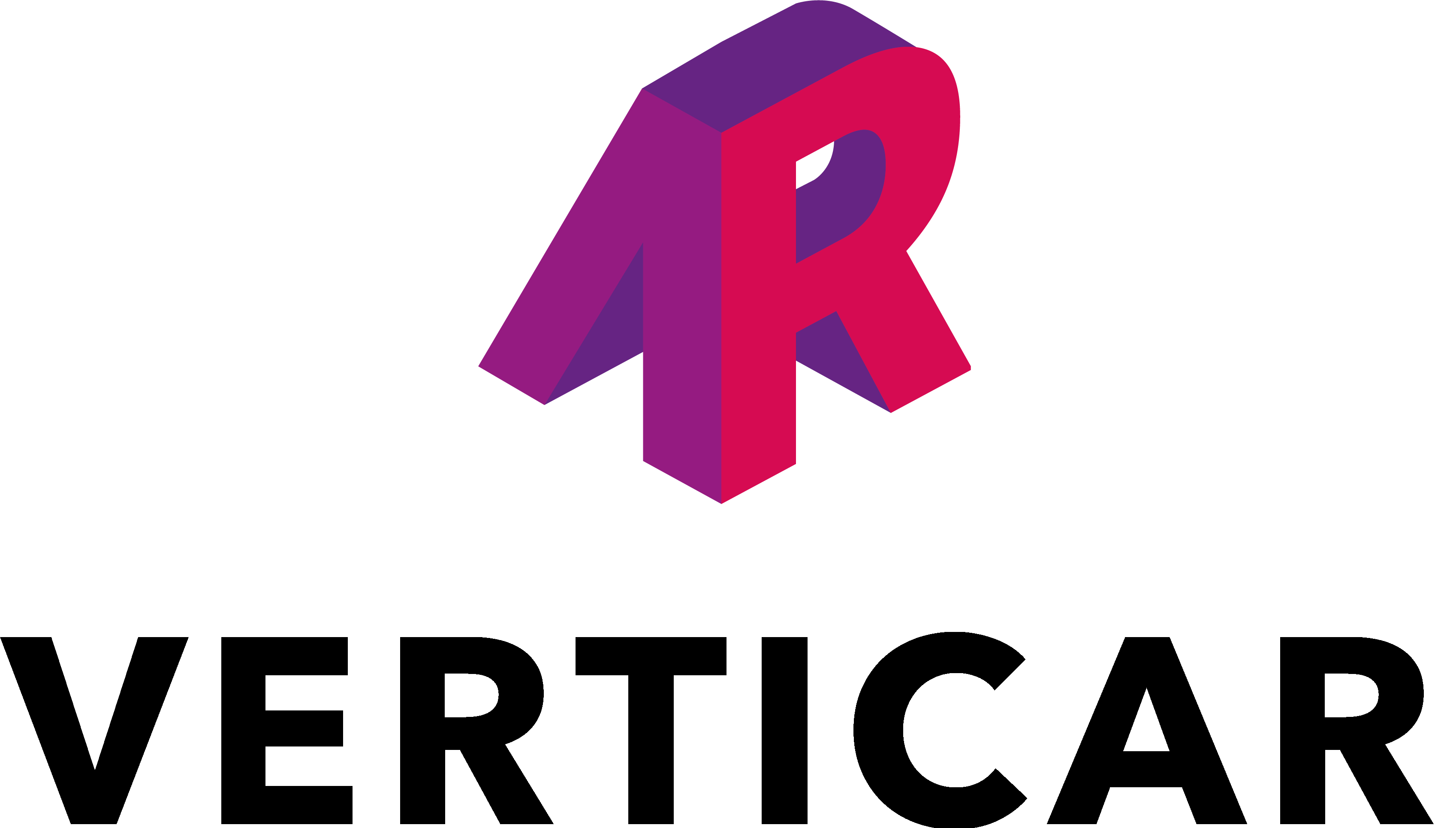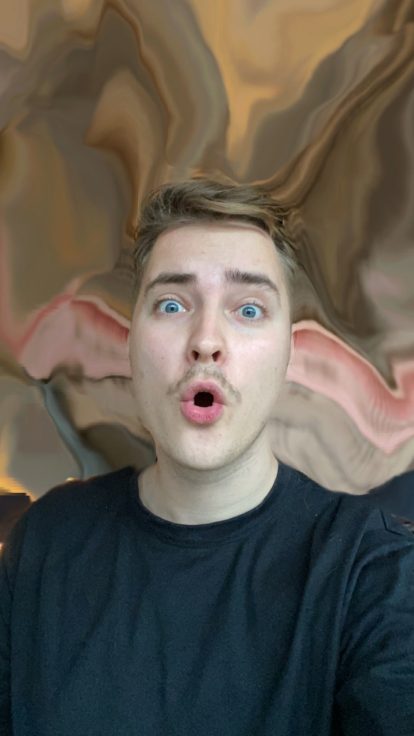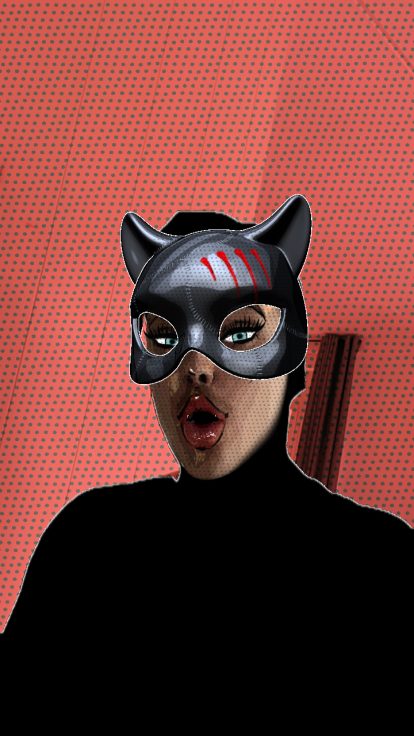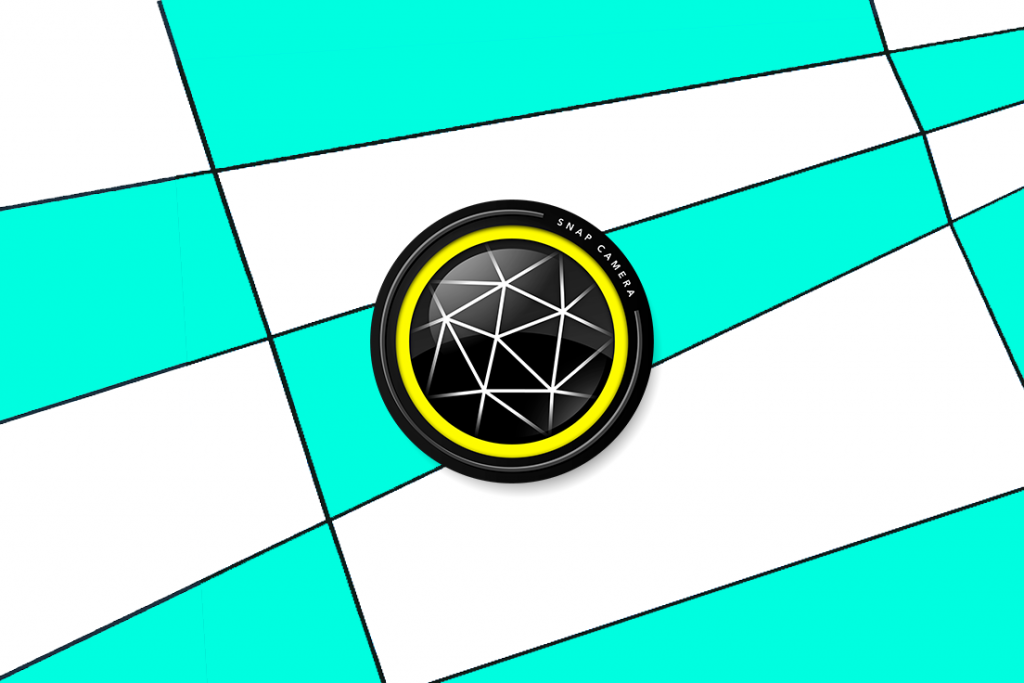What platform is best for Social AR?
Augmented Reality is taking over social platforms in a big way. Users are creating content with AR almost daily on Instagram and Snapchat in the form of lenses and filters. It’s become almost the standard to use some kind of effect on videos and photos. On Snapchat, over 75% of users use some kind of lens in the content they share with friends. The two major platforms that have fully embraced augmented reality in their ecosystem are Instagram and Snapchat, which also offer a creative suite of tools to create these effects.
Both platforms have their own vision on development but ultimately give more than enough power to the creators to make interactive experiences and publish these experiences on the platforms. In this story we will discuss the potentials of augmented reality on the social media platforms to try and clear up some possible confusion for creatives that want to start with social AR.
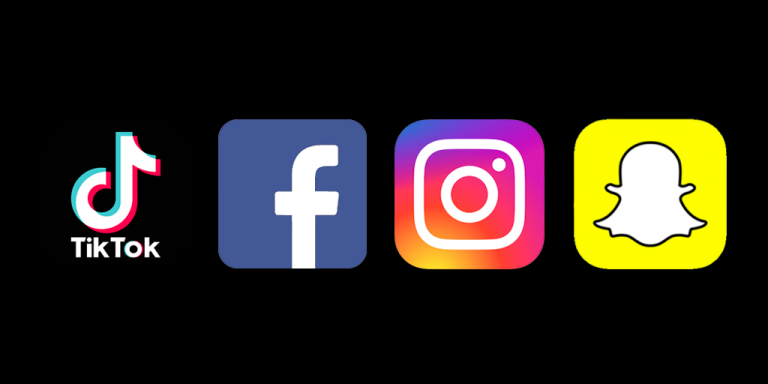
Instagram and Facebook
Facebook released the Spark AR platform in 2019 to all users after being in beta for more than a year. This platform enables creators to make AR effects for both Facebook and Instagram which have over 2 billion active users combined. That’s a lot of eyes on AR! 👀
After launching the platform, lots of creators started to create augmented reality effects. After a few months these effects were already used by a billion users!
A year later, Spark AR has become the biggest social AR platform with over 1.2 million effects published. Users can easily start creating basic effects by downloading the application and over 400K+ users have done so by end of 2020.
The future for Facebook is focused on AR and VR as preached by Zuckerberg. Starting with building content for your brand now can prepare you for this new way to interact with users.
Brand opportunities
Professional brands jumped on the opportunity to use new ways to interact with their target audience using Spark AR. During 2020 Instagram introduced the Filter category on Profiles and innovative brands jumped on this new feature as it enriches the brand profile with a new way of marketing content to the users. The new feature opened up the way for new Augmented Reality Influencers that focus solely on producing for example beauty effects that users can browse through.
Facebook also has the unique opportunity to use the AR ads format to advertise augmented reality directly into the users timeline. This is very beneficial for e-commerce brands that let users try out their products first before making a purchase. Advertising with a filter on Instagram is mostly done in the Story ad format. By swiping up, the users gets linked to the effect published on the advertisers profile. There’s less opportunity for advertising on Instagram, where brands can only pay for ad placement in Stories and Timeline. However, organic growth by promoting the effect through influencers and high traffic accounts can also be very beneficial to brand awareness and filter engagement.
Lots of awesome filters have been made since launch and we project a great future for augmented reality on Facebook and Instagram.
Snapchat
As the first real social media platform that really integrated augmented reality in their core business, Snapchat is still standing at the top of social AR creation in terms of technical possibilities and features. Over 75% of users encounter lenses daily while interacting with over content and over 1.5 million lenses have been created since the launch of Lens Studio in 2017.
Most of Snapchats key PR-moments, as of late, all have AR in common. They went viral in 2020 with the Gender filter, that had over a billion impressions in just a week, and the Anime lens which took over social media by storm.
By focussing on features and accessibility, Snapchat has pushed the limits of what is possible. During 2020 they even launched a collaborative lens in London where users can paint building together in real-time. Hopefully we get to build these multi-user experiences soon for brands. In the meanwhile, Machine Learning has been opened up to creators which makes it now possible to train your own models to, for example, segment specific objects or add object classification. Using the depth maps of the LiDAR scanner in the new iPhones is also being used for creating augmented reality creation in a glorious new way. This feature has also been made available for creators already and it’s one of the reasons why Snap is interesting to develop on.
But why Snap?
Lens Studio is Snapchats version of Spark AR: A suit of tools to create augmented reality effects. This is actually where Verticar started with creating social AR! Developing Social AR experiences on Snapchat is a little bit different than on Facebook or Instagram as the features and limitations are a bit different for both platforms but technically, it’s the platform we prefer.
Advertising on Snapchat is also different as brands do not have a public profile where users can go look. Fortunately, the ads on Snapchat are even more engaging with users as the app is build for contact with friends and which makes the acces to content much more personal. When the ad format is comparable to content users get from friends, brand engagement through, for example, an AR filter can be very high.
Think of Snapchat as the platform that sits between messaging (WhatsApp) and entertainment (Instagram/TikTok). Reaching users below the age of 25 in this space can be very interesting for brands that want to tell stories to people on a personal level.
Social AR comparison
Reach
0%Innovation
0%Advertising
0%Creativity
0%Technical difficulty
0%Facebook excels in reaching an older audience, has the opportunity to enable specific AR-ads and focus on conversion campagnes. The demographic is older and interacting with augmented reality is not yet native for these users. It’s important to hold this in mind while setting up targeting.
Reach
0%Innovation
0%Advertising
0%Creativity
0%Technical difficulty
0%Instagram gives the opportunity to enrich profiles with filters right on their page. This promotes organic reach and puts filters into the AR carousel for followers. Paid reach is possible by advertising using a great video in Stories/Timeline or paying influencers to promote content made with the filter.
Snapchat
Reach
0%Innovation
0%Advertising
0%Creativity
0%Technical difficulty
0%Snapchat excels in new features and how many users are already using augmented reality in their daily routine. The users are the youngest of all the above but it would surprise you how many young adults are still active. Advertisement options include national AR carousel take-overs which promotes your AR lens as much as possible. Paid video ad sets also reach users pretty well and are on average cheaper per impression than on Instagram or Facebook.
What about TikTok?
In 2020 TikTok became one of the social media superstars that caters content to teens. Augmented Reality was introduced shortly after this succes and there have been small steps in the right direction. TikTok has been steadily developing new features as they released a LiDAR effect globally end of Dec 2020. There were several filters that have seen some form of succes, but sadly external creators haven’t been granted full access to their creation tools yet.
There is a closed group of partners that can do basic development on TikTok, but Verticar is not one them right now. Hopefully in 2021 we will be granted more access. We will let you know when you subscribe to your e-mails. Fill out the form all the way down!
The wrap-up
Verticar has been founded to assist brands with creating spectacular content using social augmented reality and we’re excited for the future. The social media platforms see augmented reality as the future for communicating with friends and to have the possibility to enhance this experience is very fortunate. Each platform has its own strengths and weaknesses with this new tech but everyone is steadily improving. Reaching users with this new tech can be very interesting for marketeers that want to engage. Young users that have been growing up in the world of social media know that traditional ways of ads reaching them is very saturated and boring to them. Social augmented reality could give users and brands new possibilities of finding each other in a fun, exciting way. Telling stories just got a whole new dimension and will keep on evolving throughout the nearby future!
